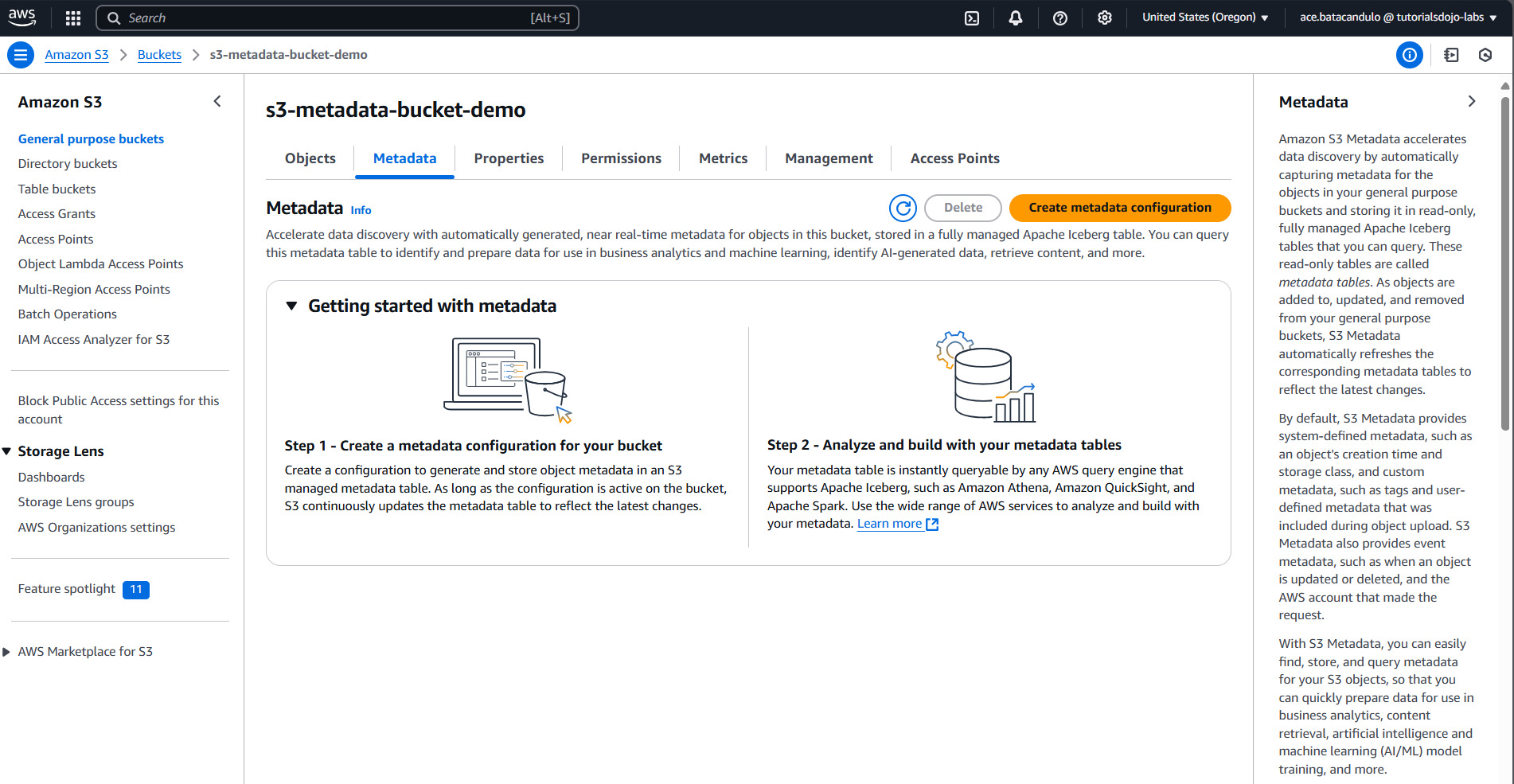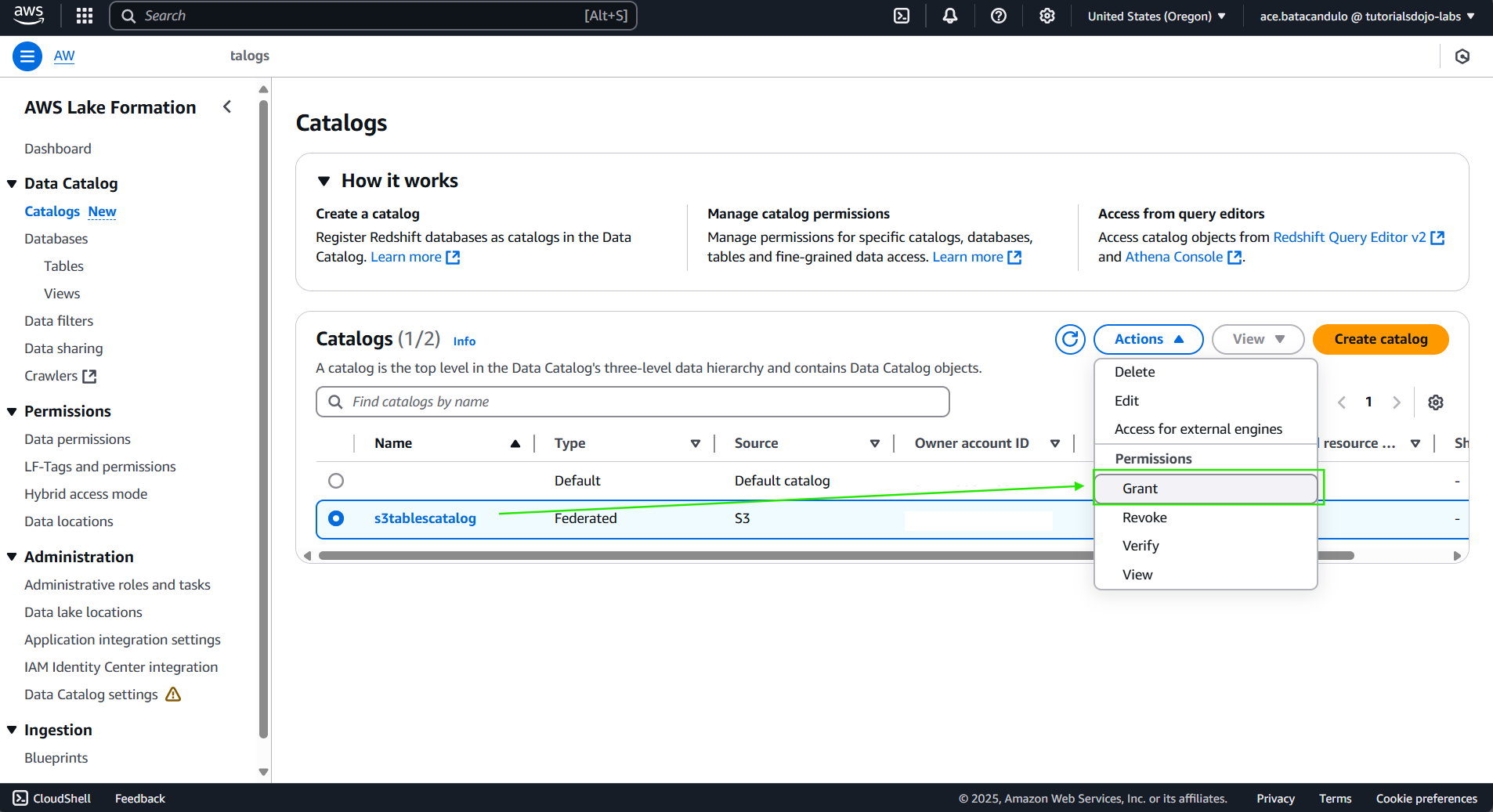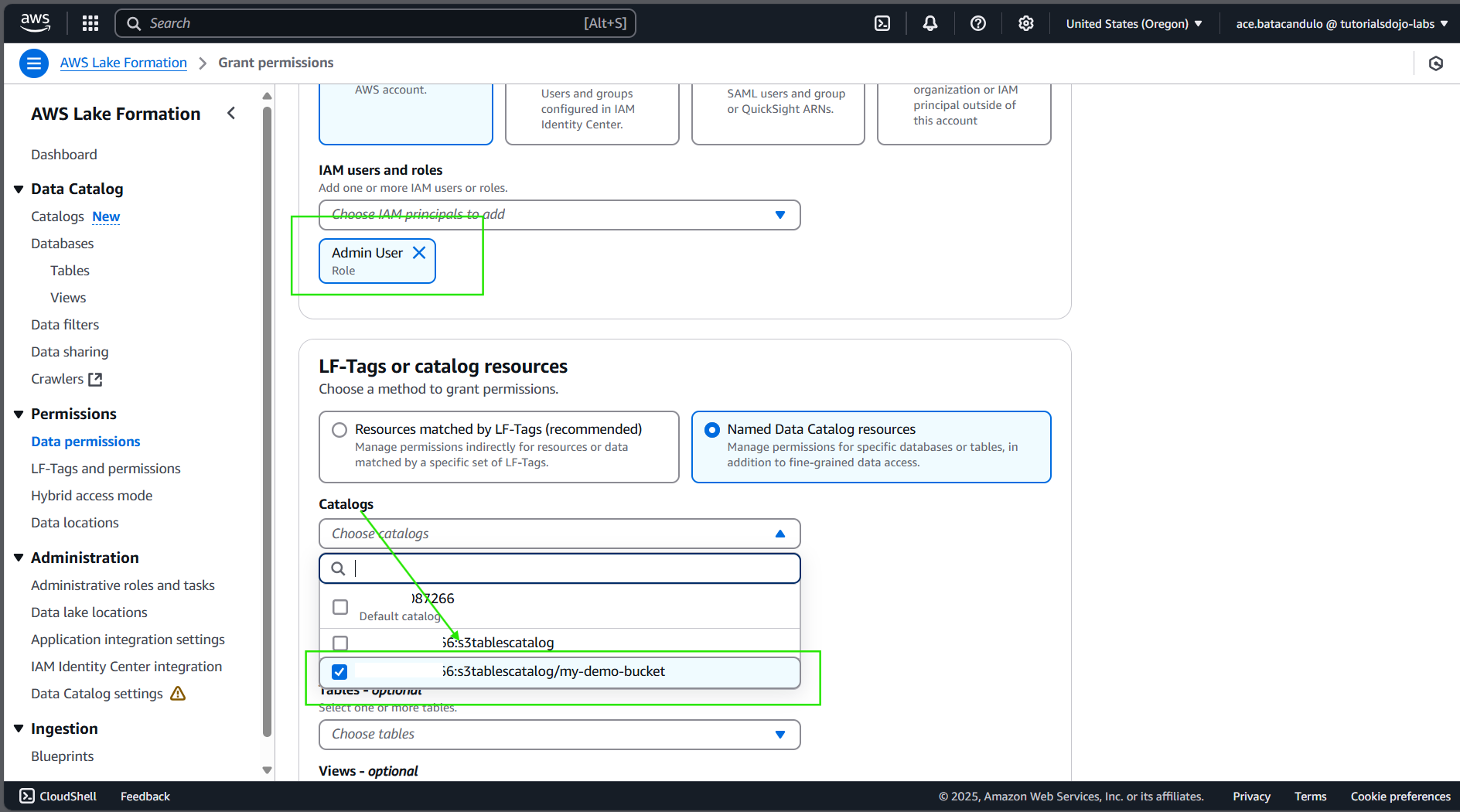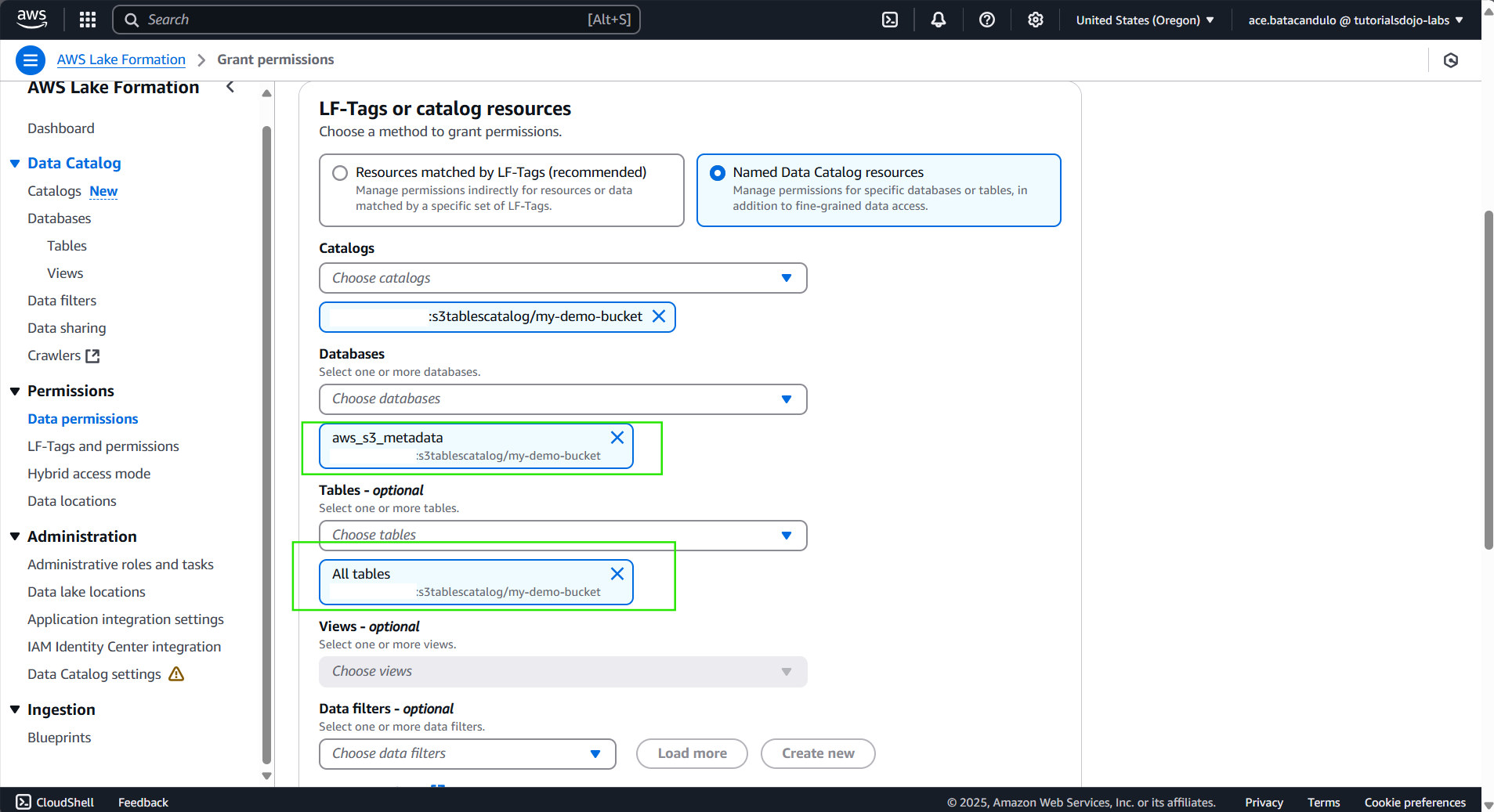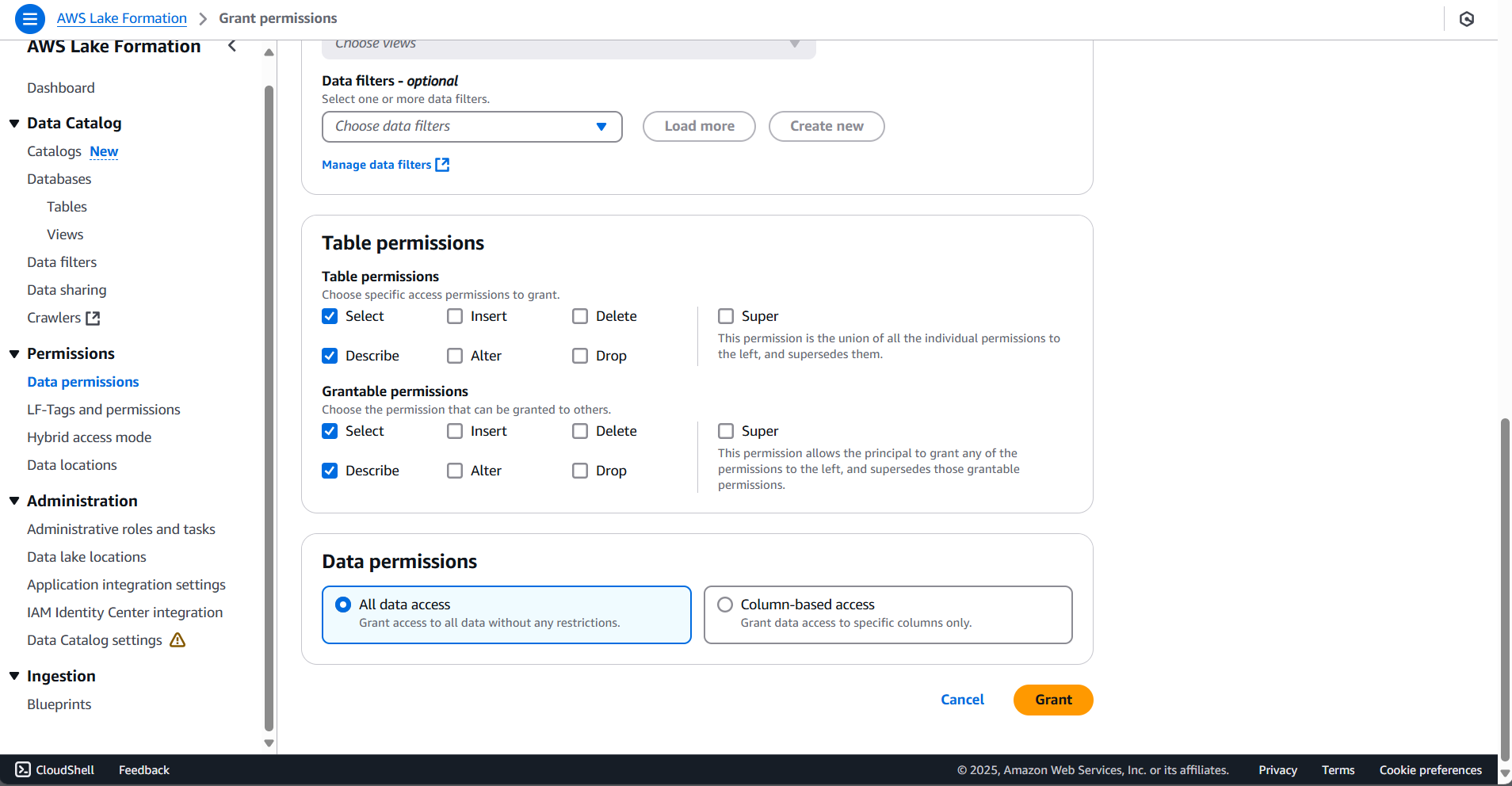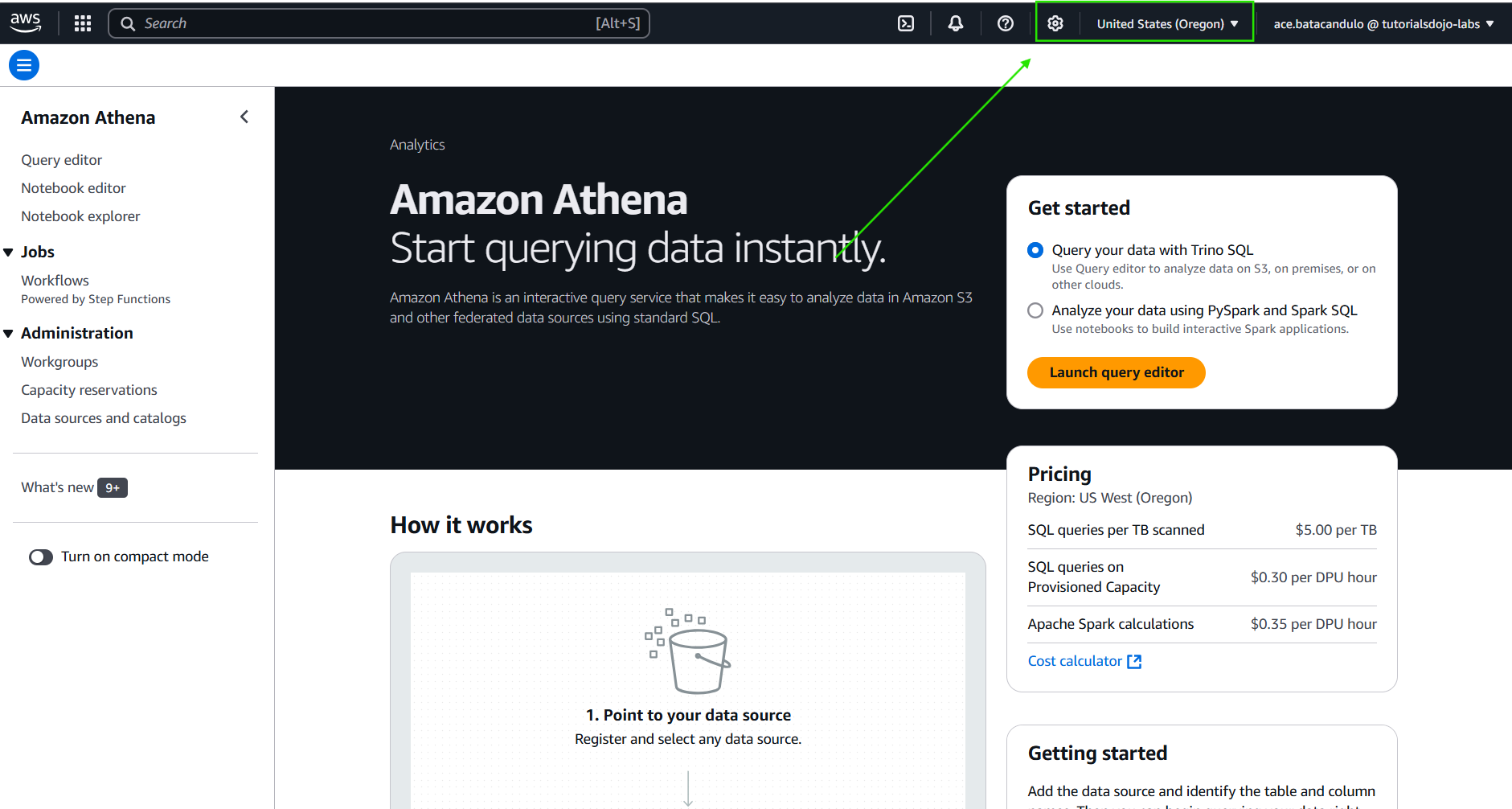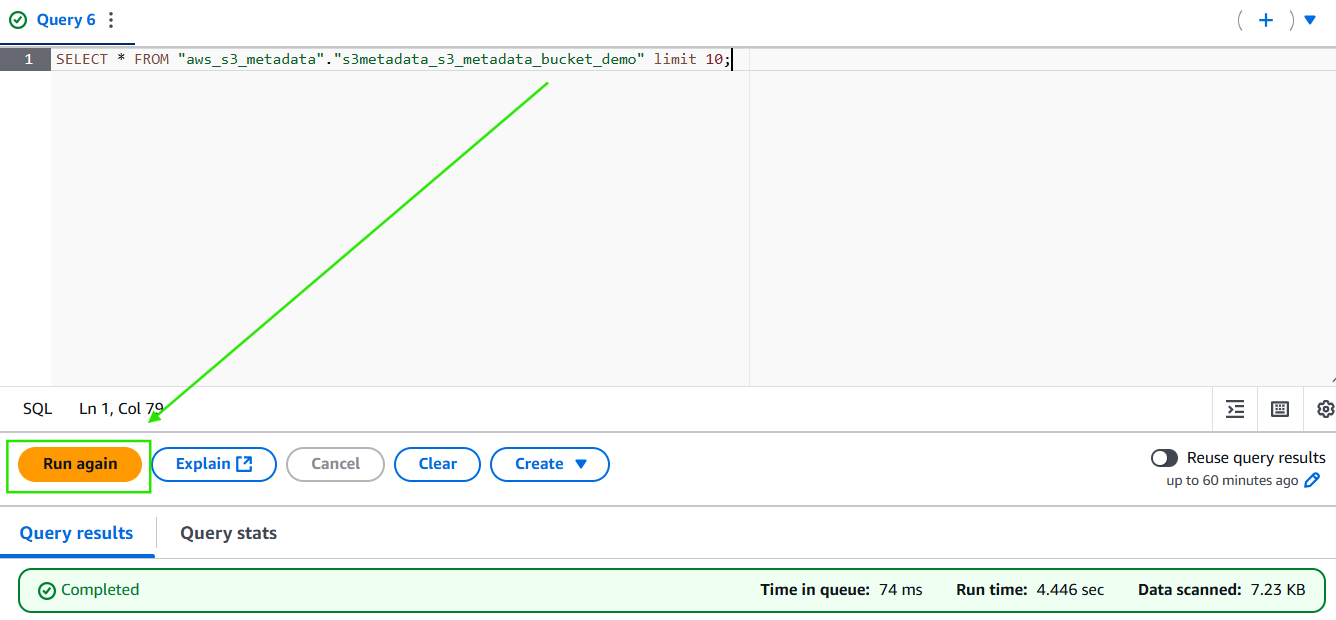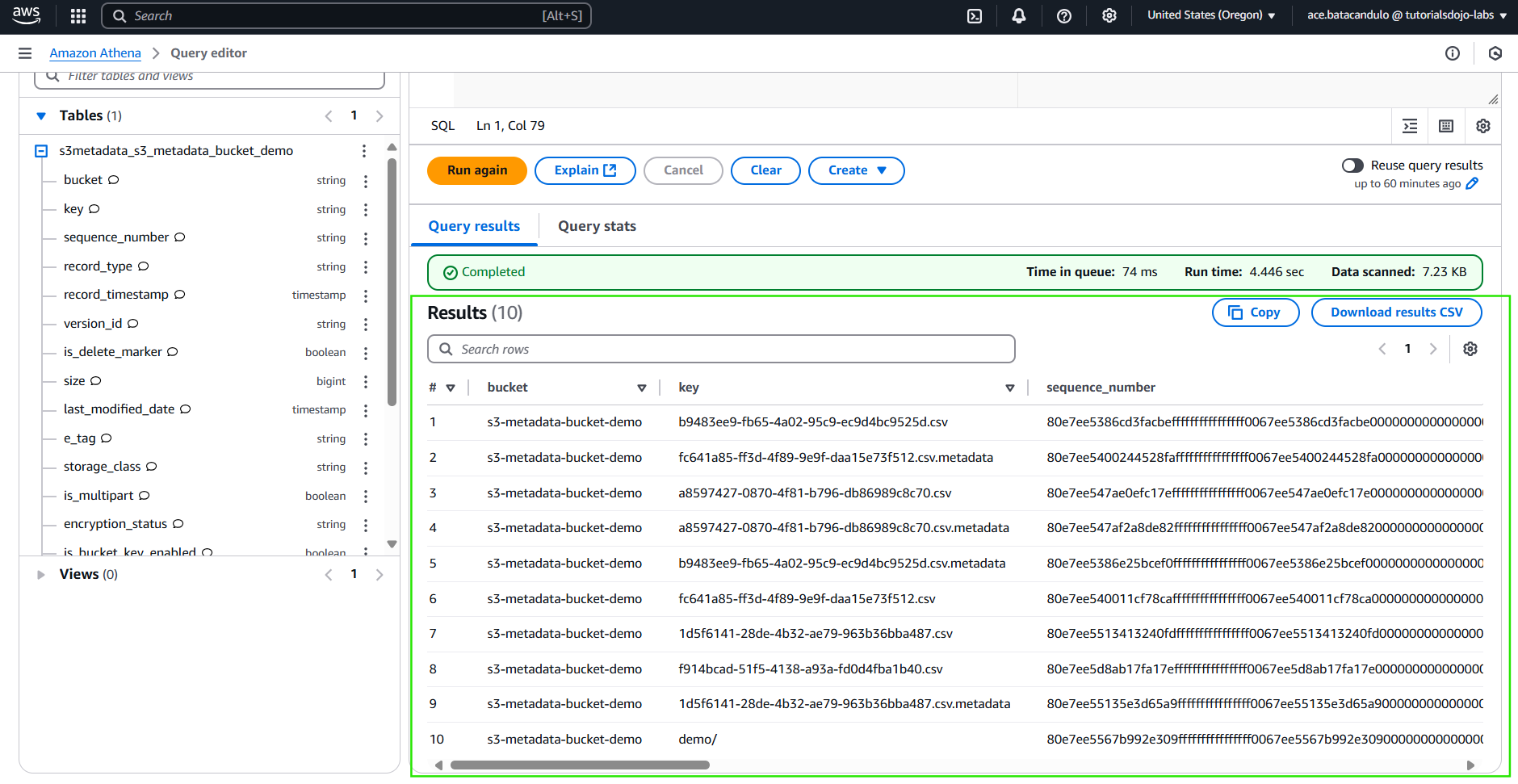In today’s world, data is the backbone of every successful business and organization. As data grows exponentially, managing it can become a complex task. Amazon S3 (Simple Storage Service) has long been a go-to solution for storing massive amounts of data, but with that growth comes a challenge: how do you efficiently discover, manage, and analyze that data?
A feature designed to simplify data discovery and make the management of massive datasets much more efficient. If you’re dealing with petabytes of data and are struggling to make sense of your S3 objects, this article is for you. We’ll walk through the power of S3 Metadata and show you how to use it to gain clarity and make better decisions.
Amazon S3 Metadata
Metadata is essentially “data about data.” In the context of Amazon S3, metadata provides important details about the objects stored in S3 buckets, such as their size, encryption status, storage class, associated KMS keys, and user-defined tags. It’s like a detailed catalog that helps you understand the characteristics of your data, making it easier to locate, manage, and make informed decisions about it.
Before the introduction of S3 Metadata, users often had to create their own solutions to track and manage this metadata, which was often time-consuming, manual, and resource-intensive. With S3 Metadata, AWS offers a seamless, automated way to track and query metadata, significantly reducing the overhead of manual data management.
The Challenge: Managing Growing Data Lakes
AWS has become the go-to platform for organizations managing vast data lakes. Data lakes are large repositories of raw data collected from multiple sources, often growing to terabytes or even petabytes in size. As these data lakes expand, managing them effectively becomes more challenging.
Previously, companies had to manually index and manage their data, often building custom pipelines. This process could take weeks or even months to complete and required significant resources. The complexity of these data lakes made it difficult to answer even basic questions, such as:
-
Which objects are encrypted?
-
Which files were generated by a specific model?
-
What’s the size and storage class of my objects?
To address these challenges, AWS introduced S3 Metadata. The aim was to simplify data discovery by providing a managed, efficient solution that eliminated the need for custom indexing pipelines. With S3 Metadata, users can quickly access the information they need, accelerating the discovery process and streamlining the management of large-scale datasets.
Why Do You Need S3 Metadata?
-
Streamlined Data Discovery: Easily access key details about your data, like size, encryption status, and tags, without building complex systems.
-
Faster Querying: With S3 Tables and integration with services like Amazon Athena and Redshift, you can run real-time queries on your S3 data efficiently.
-
Reduced Overhead: S3 Metadata automates metadata management, saving you time and resources by eliminating the need for custom systems or pipelines.
-
Security & Compliance: Quickly check encryption status and identify sensitive data, making it easier to meet security and compliance requirements.
Step-by-Step Guide: Using Amazon S3 Metadata
Let’s break down how to set up and start using S3 Metadata in your environment. Follow these steps for a smoother experience:
1. Create a Table Bucket
-
Go to the S3 Console and create a new bucket. Name it something like
my-demo-bucket. -
Ensure the integration status for S3 tables is enabled. This will automatically link the metadata with your bucket.
2. Enable S3 Metadata
-
Navigate to your S3 bucket settings and find the “Metadata” section.
-
Click on “Create Metadata Configuration.”
-
Select the metadata bucket you created earlier. Here, you can give the configuration a name.
-
Once done, S3 will start tracking metadata for any PUT, GET, or DELETE requests made to your objects.
3. Set Permissions
-
Go to AWS Lake Formation > Catalog.
-
Click on S3tablescatalog > Actions > Grant.
-
Choose IAM Roles > Admin User.
-
Under Catalogs, select ***********:s3tablescatalog/my-demo-bucket.
-
For Databases, choose aws_s3_metadata.
-
Under Tables, select All Tables.
-
In Table Permissions, select Select and Describe.
- Click “Grant”
4. Query Your Metadata in Amazon Athena
Once you’ve set up S3 Metadata, follow these steps to query your metadata efficiently using Amazon Athena.
-
Open Amazon Athena
- Navigate to Amazon Athena.
-
Make sure you’re in the same AWS Region as your S3 bucket.
-
Select the Correct Data Source & Database
-
Under the Data panel:
-
Set Data source to
AwsDataCatalog. -
Select the Catalog associated with your S3 bucket (e.g.,
s3tablescatalog/my-demo-bucket). -
Choose the Database:
aws_s3_metadata.
-
-
- Run a Sample Query
- To view sample metadata, run the following SQL query:
SELECT * FROM "aws_s3_metadata"."s3metadata_s3_metadata_bucket_demo" limit 10; - This query retrieves the first 10 records from your S3 metadata table.
- To view sample metadata, run the following SQL query:
-
Click “Run”
-
Click the “Run again” button to execute the query.
-
View the results in the Query results section.
-
Conclusion
Managing large-scale data in Amazon S3 can be daunting, but with the power of S3 Metadata, you can gain clarity in your data lakes and improve your decision-making processes. By providing a simple, managed solution for tracking and querying your S3 data, AWS is helping customers cut down on the time and resources spent on data management.
So, whether you’re a data engineer, a security professional, or an AI practitioner, embracing S3 Metadata can bring significant improvements to your workflow. Start querying and organizing your data smarter today!

